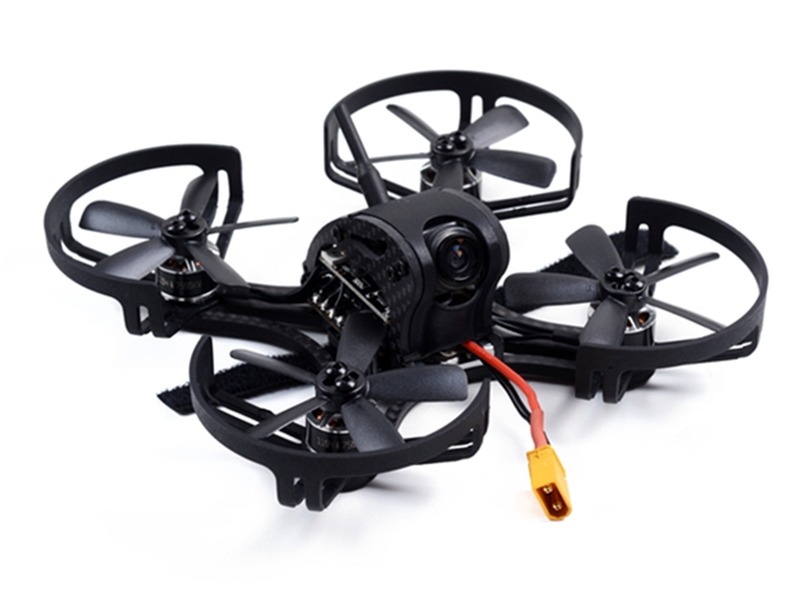How are FPV drones controlled?

FPV drones, or First Person View drones, are a type of drone that allow the user to experience the flight from the drone’s perspective. This is achieved by mounting a camera on the drone and transmitting the video feed back to the user. The user can then control the drone and experience the flight as if they were in the cockpit.
FPV drones are controlled in a variety of ways. The most common way is through a radio-controlled transmitter. The user will use the transmitter to send signals to the drone, which will then interpret the signals and adjust the drone’s motor speed and direction accordingly. The transmitter will also allow the user to control the camera and other features of the drone.
Another way to control FPV drones is through a smartphone or tablet. Many FPV drones are now equipped with Wi-Fi or Bluetooth connectivity, which allows the user to connect their device to the drone and control it remotely. This method is particularly useful for those who want to fly their drone in places where a transmitter is not allowed.
Finally, some FPV drones are now equipped with GPS tracking capabilities. This allows the user to set a pre-determined flight path for the drone, which will then follow the path autonomously. This is particularly useful for those who want to fly their drone in areas that are difficult to reach or are not safe for manual flight.
No matter which method is used to control an FPV drone, the user must always be aware of the drone’s surroundings and the regulations in their area. It is important to remain aware of other aircraft in the sky and to follow all applicable laws and regulations. Additionally, the user should always be aware of the drone’s battery life and other safety considerations.
In conclusion, FPV drones are controlled in a variety of ways. The most common method is through a radio-controlled transmitter, although some drones are now equipped with Wi-Fi or Bluetooth connectivity and GPS tracking capabilities. It is important for the user to be aware of the drone’s surroundings and to follow all applicable laws and regulations.

